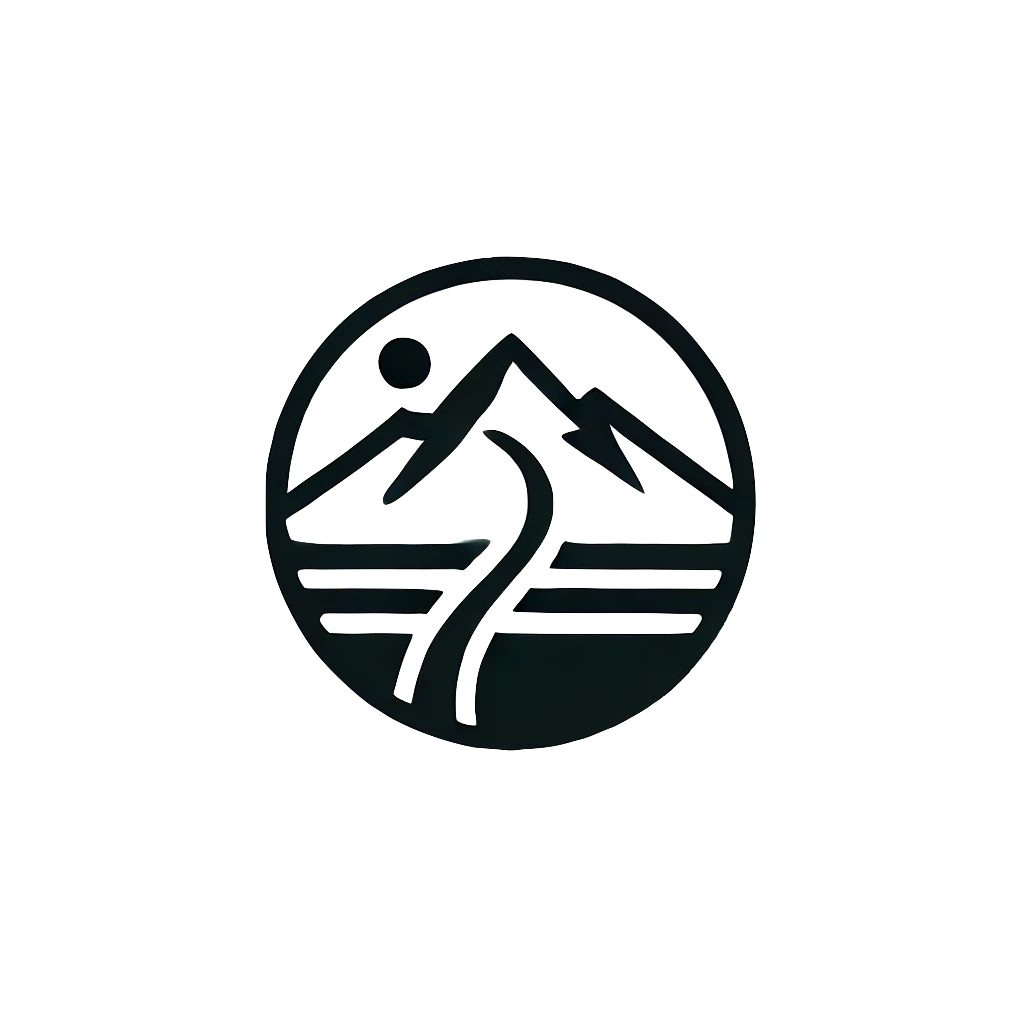Returning to Strength Training After Illness
Wednesday is my designated day for strength training. I also believe it’s the perfect day to ease returning to strength training after illness. Why is Wednesday better than the usual Monday? Often, after a weekend, our bodies are still in recovery mode, especially if we’ve taken time off work. During these rest days, our bodies shift gears, sometimes allowing an illness to linger or worsen. By giving our bodies a few days, we support a full recovery before returning to strength training after illness.

Listening to Your Body: The Right Time to Return to Training
On Monday and Tuesday, I give myself extra time to make sure I feel fully recovered. During this time, I focus on diet, hydration, and, if necessary, NSAIDs to reduce inflammation. Before returning to strength training, it’s helpful to assess whether medications are still needed or if they might interfere with the quality of the workout.
For me, the best signal to return to strength training after illness is genuine motivation. For those who train regularly, laziness or lack of drive usually isn’t an issue. In fact, we often feel a strong internal drive to get back. But with age, I’ve realized that pushing too soon can have the opposite effect. Forcing an early return often leads to prolonged recovery times or lingering symptoms, which reduces the effectiveness of training.
How Illness Affects Training Quality
Returning to strength training after illness isn’t just about mental readiness. Physical discomfort, like respiratory symptoms, can make breathing challenging, and high-intensity workouts like running become impractical. The flu, which strains muscles and joints, can disrupt the precision and effectiveness of any exercise, especially if the focus is on form and technique.
A Smarter Approach: Returning to Strength Training Gradually
My current approach is to wait a few extra days and listen closely to my body. Instead of pushing through and risking a setback, I wait until I genuinely feel ready. Over time, I’ve learned that returning to training at all costs is less important than allowing my body to fully recover.
The best signal that I’m ready to return to strength training after illness is a good morning: waking up refreshed, without needing extra sleep or feeling groggy. If I wake up without a headache, drink water, and feel ready to move, I know my body is prepared. However, if I feel tired, have a headache, or notice any lingering symptoms below the neck, it’s a clear sign that it’s not yet time to return to training.
Why Strength Training is Ideal for Returning to Exercise After Illness
After illness, strength training is my go-to for the first workout. Unlike running, which heavily involves the cardiovascular and respiratory systems, strength training allows a gradual return. The intensity is easily adjustable by reducing sets, weights, or workout duration. For me, strength training includes multi-joint movements and controlled exercises that engage muscles without overloading the body.
During these sessions, I make sure to stay hydrated by drinking at least 600 ml of water. After a break, I’m particularly mindful of form and technique, as longer rests can affect movement quality. Today, I completed a full strength training session with basic compound exercises. Ideal for hybrid training. I plan to share more of these exercises in future posts.
Summary: Returning to Strength Training After Illness with Your Body’s Needs in Mind
Strength training is the ideal way to return to fitness after illness. It combines flexibility, adaptability, and reduces strain on the respiratory system. With fundamental exercises, you can train without needing specialized equipment. Just a simple space at home or some improvised weights.
Today’s strength training session reminded me of the importance of tuning into your body. Increasing intensity gradually, and not forcing a return to training. The most important factor in returning to strength training after illness is not to rush. A realistic, balanced plan and flexible approach create a foundation for a healthy return to peak form.



